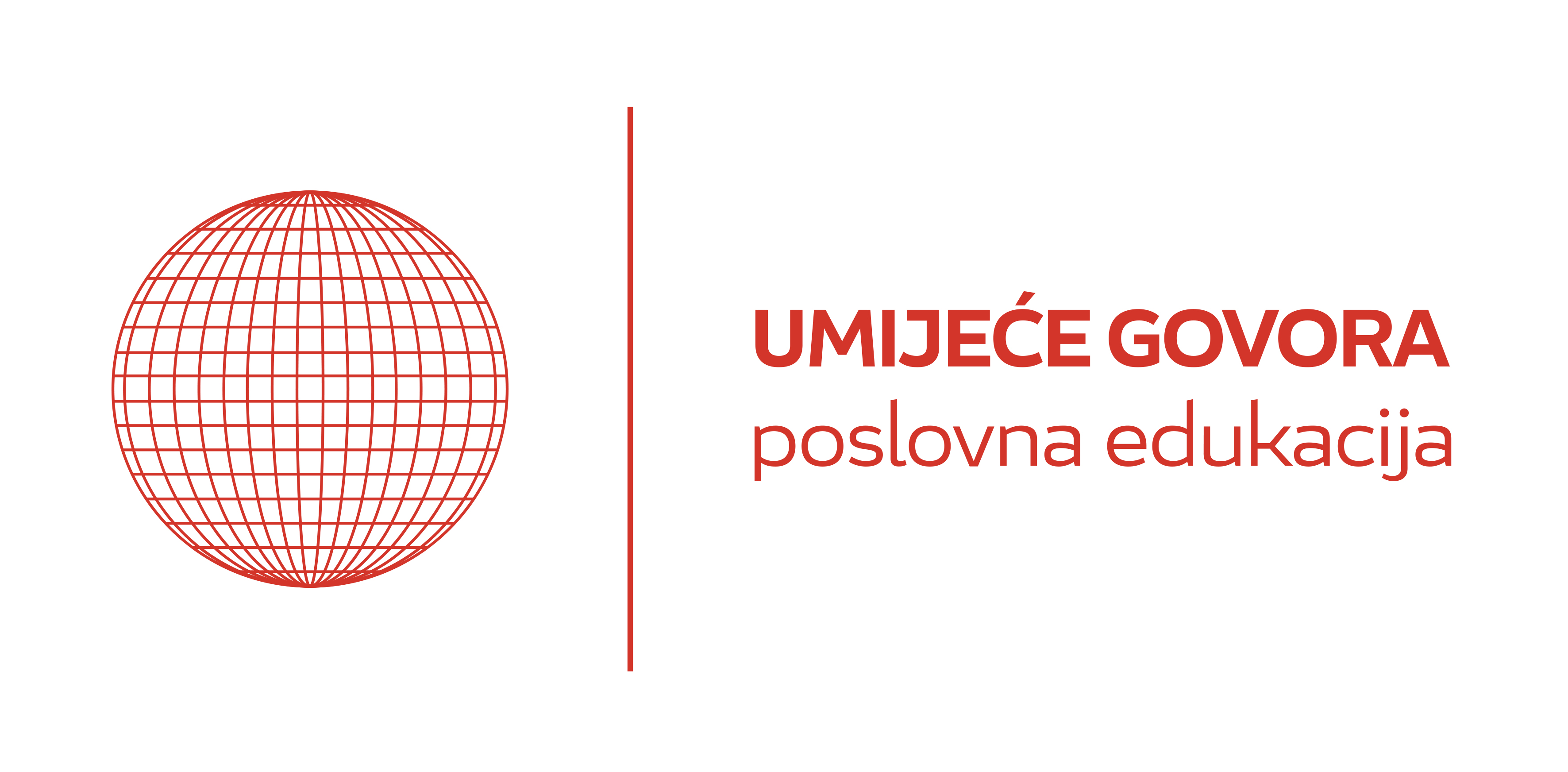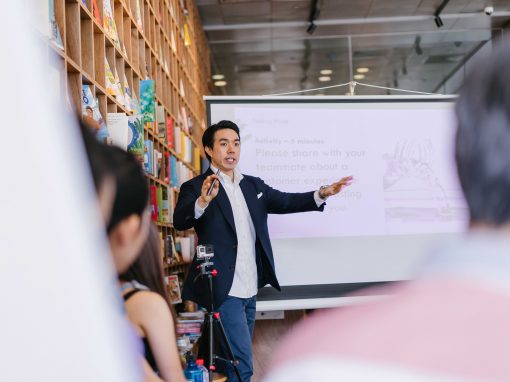STAYCATION COMMUNICATION 2020
Jagoda Poropat Darrer
Business Communication Professional
In a country where vacation means a lot more then relaxation from the annual workload as Croatia is, Summer of 2020 has brought “staycation” narrative which relates to both Croatians and foreigners
When it comes to vacations this year, travel restrictions are encouraging people across the globe to look a little closer to home, which is even being encouraged by various governments. The term staycation was coined in 2005 and has stuck to become part of travel enthusiast’s lingo, although in this time of pandemic is more than welcome to embrace it.
Born from the economic crisis, the concept of staycation raised at the time of the 2008 market crisis in the United States. Back then, many households were forced to restrict their expenses and consequently limit their vacation budget. The shortage of money to travel abroad is at the origin of why many people started to (re) discover their most immediate surroundings (Gonçalves, 2020).
The UK government urges British people to holiday at home this summer as uncertainty persists about international travel and the domestic tourism industry’s ability to recover from the coronavirus shutdown, writes Financial Times, and Brits are not the only ones to be asked to plan staycations.
For many travelers, as writes CNN, after weeks or months of being asked to stay home, boarding an aircraft for a far-flung destination only to be instructed to self-isolate once you arrive at your accommodation has questionable appeal. Selecting a destination with no quarantine rules in place may be a significant factor in choosing where to vacation this summer. Croatia is still safe enough and pleasant as always to plan a relaxing vacation. With over 700 000 foreigners in July, it is about half of overall tourists comparing to last year. As everything changed, the narrative built around the travelling advertisement changed too. Many travelling agencies rather than constantly adapting to inconsistently red, orange and green zones that oscillate according to epidemiologic data in each state, advise its clients to practice staycation.
Travelpulse.com suggests that virtual travel experience have exploded since the pandemic hit, and as it stands, it’s still the safest way to explore the world. It could be fun to plan a virtual four-day vacation in which you visit different regions around the globe each day, and thematically plan the day with virtual activities and meals and drinks associated with those regions. Plus, it’s far more cost-effective for those who have been financially hurt by the pandemic.
Furthermore, the same source advises luxury staycation. A two-night stay in the most upscale hotel in the city, enjoying all the amenities the property has to offer. Order food to the room, indulge in a long bath, have cocktails on the balcony, and book an in-room spa massage. Pamper yourself to the fullest extent without putting yourself or others in danger. Bonus: Many luxury hotels are offering major discounts following the pandemic.
Whether you don’t want to spend the money on a hotel or don’t feel safe doing so, Travelpulse advises to plan a short multi-day trip summer vacation. Each day, wake up bright and early to drive to a charming destination, outdoor recreation area, or some quirky roadside attraction. Bring along your meals or go through drive-thru to minimize your contact with others. Then return that night to stay in the safety of your own home. Wake up to do it all again the next day. Not only will you be putting money back into your local economy but you’ll be staying socially-distanced and safe.
Remote ranches in Gorski kotar, Lika and inner Istria offer a ranch style vacation, with a large selection of activities that you can do on your own (or with minimal contact with others) like horseback riding, hiking, spa experiences, and more. Ranch resorts don’t tend to have a huge amount of rooms which will minimize your interaction with others and make you feel comfortable vacationing.
Glamping was booming before the pandemic, and experts predict glamp sites will continue to get a lot of love from travelers when they start traveling again. Take in consideration beautiful Plitvice lakes and many more glamping sites from Istria to Dalmatian coast and islands. The style of the glamp site – whether it’s tiny home, yurt, tipi, treehouse, or safari tent — adds a fun experience to camping and allows travelers to be safely tucked away from others.
Adapting to new normal seems to become an imperative to go through the pandemic. As health come first, we consider changing our habits. The new narrative suggests that staycation is an ecological way of spending our vacation close to our home. It is synonymous with less pollution, saving money and not contributing to the overwhelming chaos that takes place in some of the world’s most touristic areas. Although, not everything has to stop. Choose wisely!



